How to Handle Different Travel Personalities in Your Group
April 3, 2025
Read MoreA guest blog post contributed by Kaleidoscope Adventures
It is estimated that there are roughly 256,000 students with ASD in America’s high schools. In many cases, these students require extra support or accommodations to help them maximize their educational experience – and that includes travel. But traveling with autism spectrum disorder (ASD) students can be daunting, so we’ve gathered some expert advice to help make it a little easier!

Autism spectrum disorder is “a condition related to brain development that impacts how a person perceives and socializes with others, causing problems in social interaction and communication. The disorder also includes limited and repetitive patterns of behavior.”
The term “spectrum” refers to the wide range of symptoms and severity.
Because students with ASD can fall anywhere on the spectrum, it’s difficult to pinpoint a specific list of possible travel challenges. Each child’s situation is unique. However, there are a few general pieces of the student group travel puzzle to consider:
These things can be challenging for the most seasoned traveler, but especially difficult for a student with ASD.

After a lot of research and some expert advice, we’ve compiled some helpful tips for traveling with ASD students. This is not intended to address every child’s situation, but rather as a general resource for planning.
Safety is the number one priority on any student trip. Traveling with ASD students may simply mean a few extra precautions are necessary.
These are just a few easy ways to include added safety measures for everyone’s peace of mind.
Sticking to a schedule is important for everyone, but especially helpful for students with ASD. A schedule provides the structure for the day and deviating from the schedule can increase anxiety and stress.
However, anyone who has traveled with students knows that schedules are often fluid. Try providing students with ASD with a less specific itinerary and general timeframes.
For example:
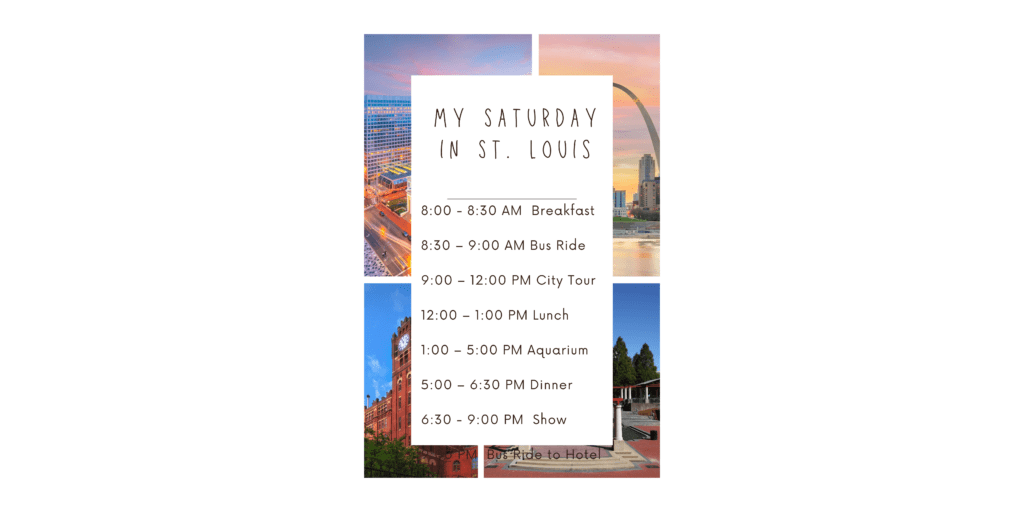
Removing specific attractions, restaurants, or other activities alleviates the stress that may come with not staying on schedule.

Crowds, noise, and chaos are common when traveling – especially with students! However, these factors can affect students with ASD on a different level, sometimes causing stress, anger, outbursts, or sensory-seeking behaviors.
Try to maintain an environment that’s as calm as possible. A few ideas to consider:
Several sites do an amazing job of showing parents or trip leaders how to create a “travel toolkit” for ASD students. These might include things like:
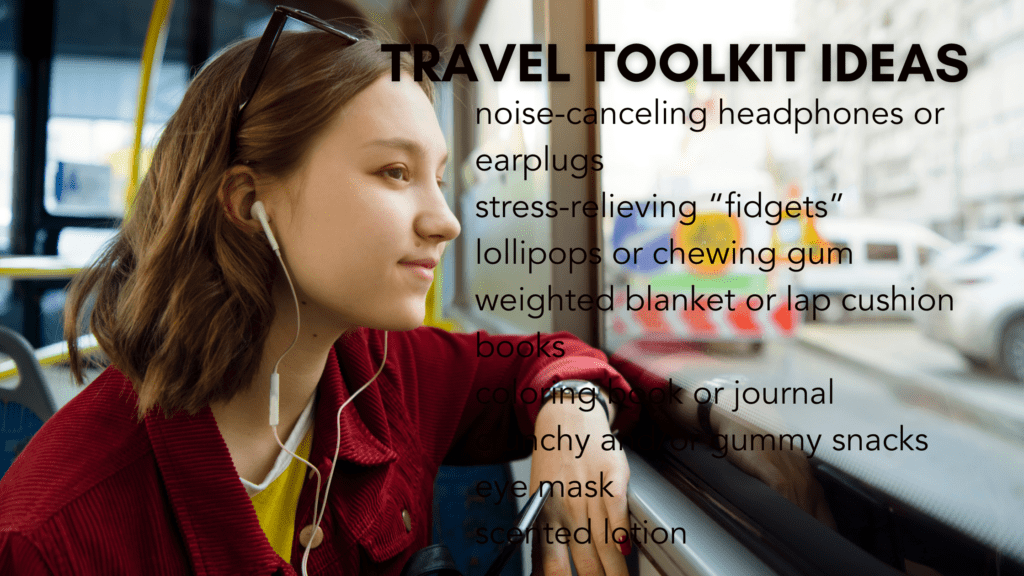
Flying with an ASD student may require a little extra prep. Gate check-in, long security lines, screening, and the flight itself can cause disruptions to the routine.
The TSA Cares program was designed to assist travelers with disabilities and medical conditions through the security process. Passengers can reach out 72 hours before flying for information about what to expect.
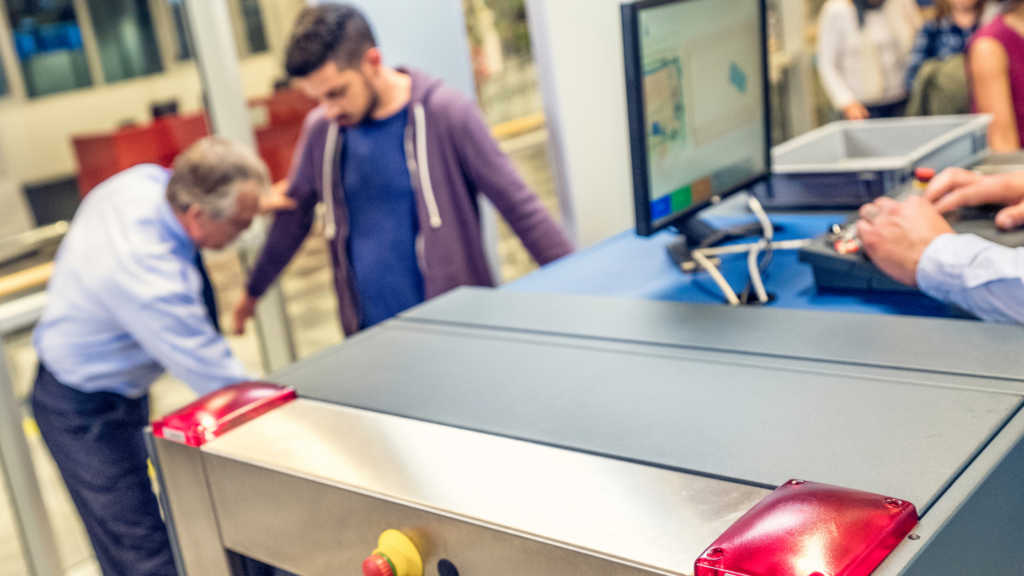
In addition, students with ASD can prepare by role-playing ahead of time. Practice removing shoes, knowing which items to take out of a carry-on and which stay in, and going through a body screen.
A little practice can go a long way in calming anxious flyers!
Finally, some airports offer a break from the chaos with sensory rooms. Autism-friendly airports include Pittsburgh International, Myrtle Beach, and Hartsfield-Jackson Atlanta International.
As you plan your student adventures, reach out to your trip-planning partner for “autism-certified” attractions. The International Board of Credentialing and Continuing Education Standards designates theme parks, water parks, resorts, and more as “autism certified.”
IBCCES certified means that attractions are:
This is a brief list of autism-certified attractions, but there are many autism-friendly destinations and attractions to consider when planning a student trip.
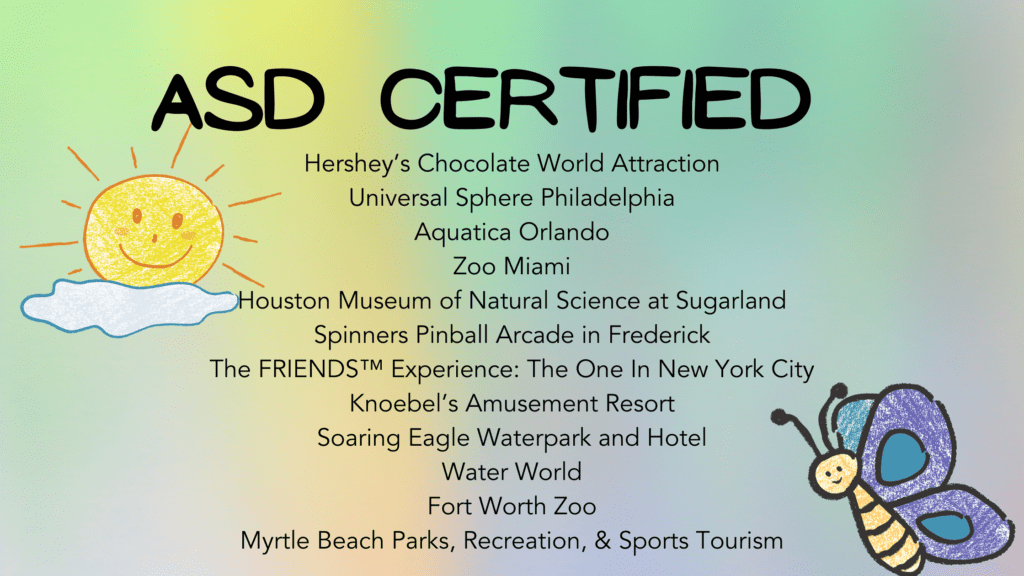
So… where do the big parks fall in all of this?
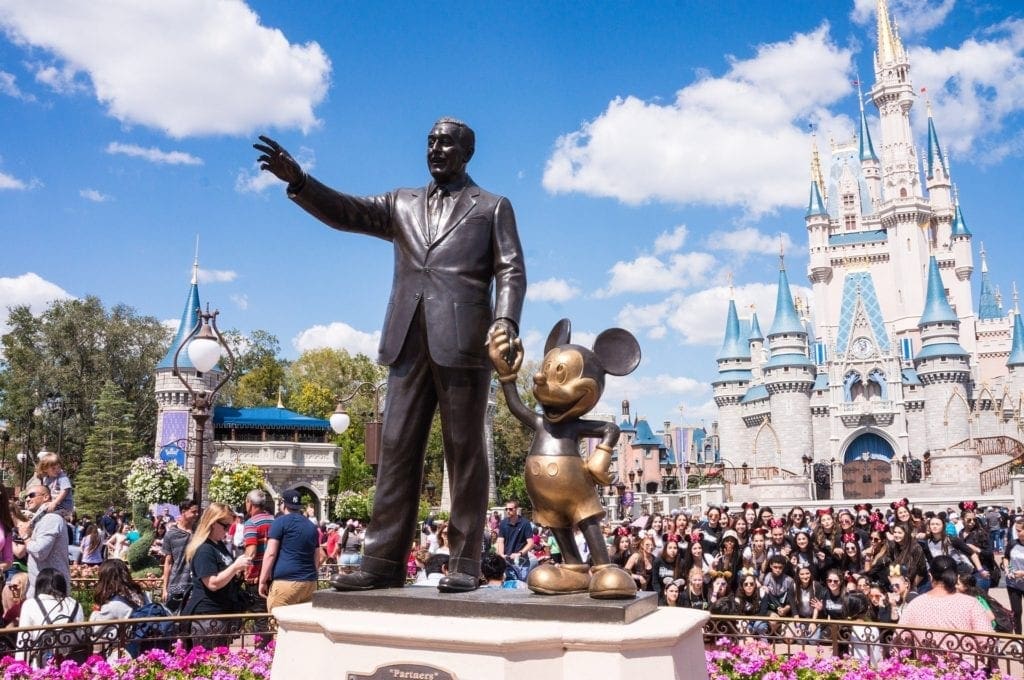
Walt Disney World® in Orlando is not autism certified but IS ASD-friendly.
There are break areas for a quiet moment, rider switch programs, Disability Access Services, companion restrooms, and more available throughout the parks.
CLICK HERE TO DOWNLOAD DISNEY’S GUIDE FOR GUESTS WITH ASD

In March of 2022, Universal Orlando Resort added its first quiet room, providing low-stimulation space as an alternative to the hustle and bustle of the parks.
The room has dim lighting, rubber floor tiles, an activity wall, and two tunnels to temporarily escape the crowds.
In addition to the quiet room, Universal has several other park locations to calm overstimulated senses.
CLICK HERE TO DOWNLOAD UNIVERSAL’S GUIDE FOR GUESTS WITH ASD
For more information on traveling with a child with special needs, check out the recent Destinations Beyond Expectations episode below
Traveling with ASD students can be daunting, but let’s face it. Planning a trip with teenagers, in general, can be intimidating!
Find a great trip-planning partner that understands your students’ needs. Then do your homework and gather your resources.
When parents and trip planners work together, EVERYONE has a great travel experience!
April 3, 2025
Read MoreMarch 20, 2025
Read MoreMarch 6, 2025
Read MoreFebruary 20, 2025
Read MoreJanuary 9, 2025
Read More